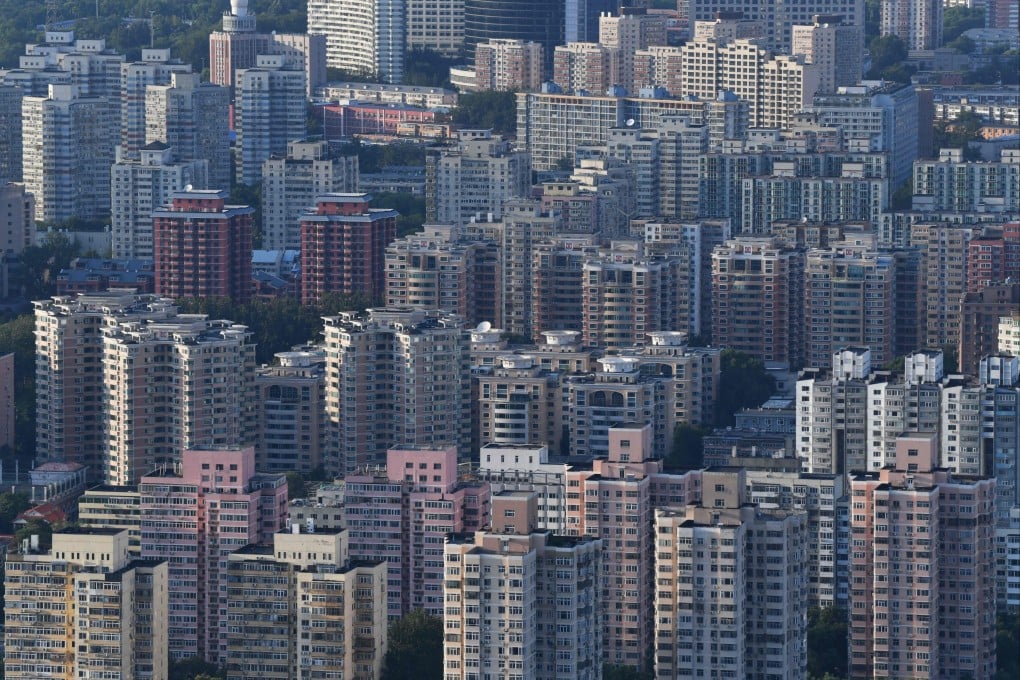Opinion | As China’s property crisis grows, can nationalisation help rebalance its economy?
- Developers’ debt crisis raises concerns about health of banks, local governments’ fiscal viability, impact of falling property prices on consumption and economic growth
- China can look to US experience where partial nationalisation of troubled assets, financial institutions helped restore financial stability, boost economic recovery

All these have affected China’s ability to rebalance its economy towards one driven more by consumption, rather than (real estate) investments.
The Asian financial crisis 25 years ago began as a currency crisis but its underlying cause was also too much debt (denominated in foreign currency), much of which had flowed to unproductive, speculative investments, especially in real estate.
What made these crises so damaging for financial stability and economic growth was that they were driven by debt, and that much of this debt was used to finance (unproductive) real estate. While governments may be able to rescue overly indebted financial institutions and stabilise the monetary system, these often come at great economic and political costs – at least in the short term.
